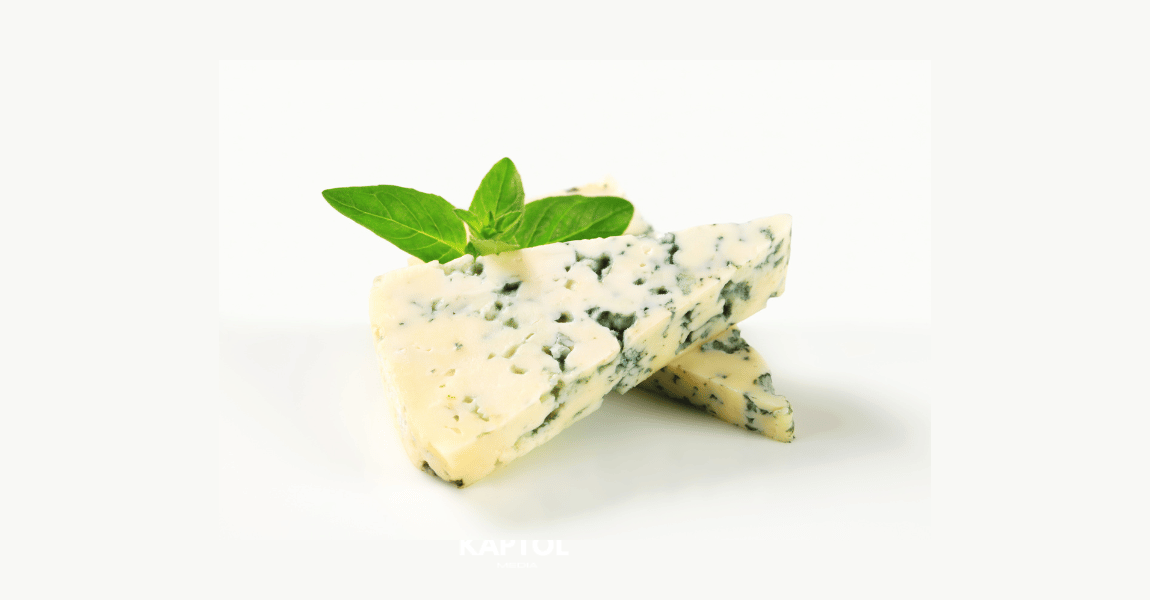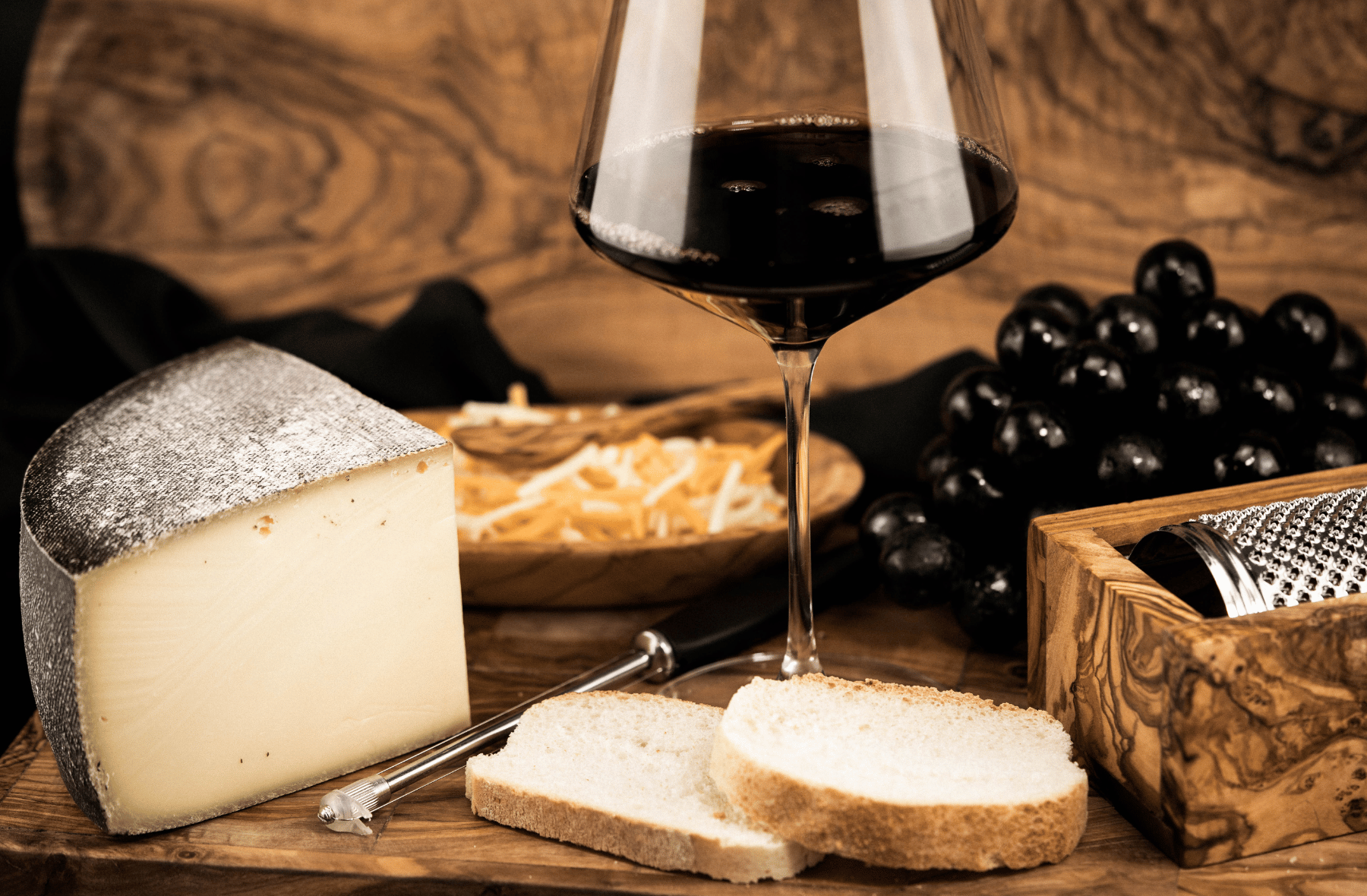Types of Cheese
What Type of Cheese Is That?
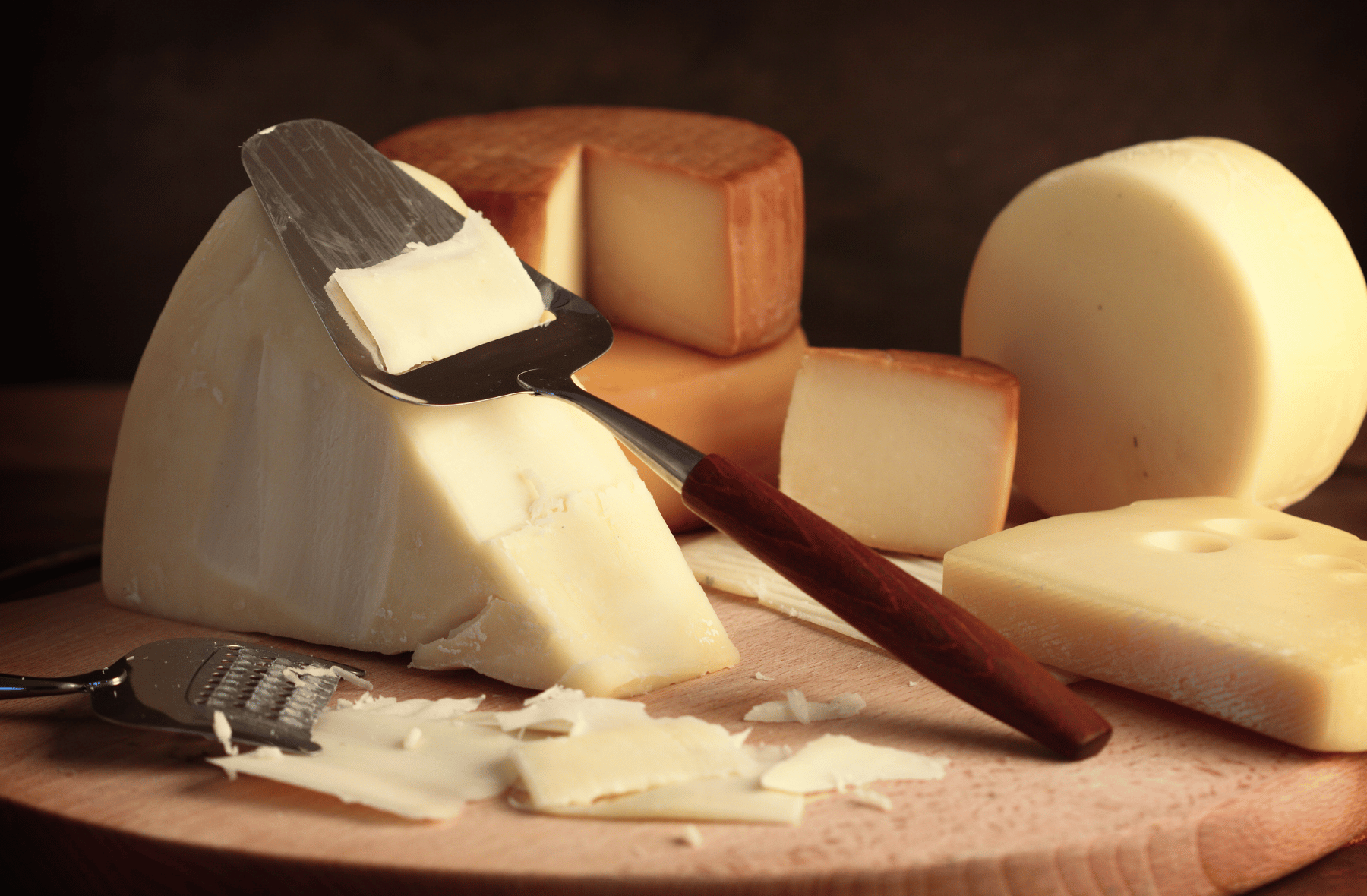
Hard Cheeses (e.g., Cheddar, Parmesan, Gruyère)
Hard cheeses, known for their aging process, develop a firm texture and concentrated flavours that often include nutty, salty, and umami-rich notes.
These robust characteristics make them an ideal match for wines with bold and full-bodied profiles.
PAIRINGS
Cabernet Sauvignon: The tannins in Cabernet Sauvignon harmonise with the richness and saltiness of hard cheeses like aged Cheddar, creating a balanced pairing that highlights both the wine’s structure and the cheese’s depth of flavour.
Chardonnay: An oaked Chardonnay enhances the nutty and creamy qualities of Parmesan or Gruyère. Its buttery texture and subtle oakiness mirror the cheese’s complexity, creating a smooth and complementary pairing.
Shiraz/Syrah: The bold, spicy character of Syrah elevates the sharpness and intricate flavours of aged cheeses such as Pecorino Romano, resulting in a pairing full of intensity and depth.
Soft Cheeses (e.g., Brie, Camembert, Burrata)
Soft cheeses are characterised by their creamy, mild, and buttery textures, often accompanied by a delicate, earthy rind.
Their richness makes them perfect partners for wines that can cut through the fat and enhance their nuanced flavors.
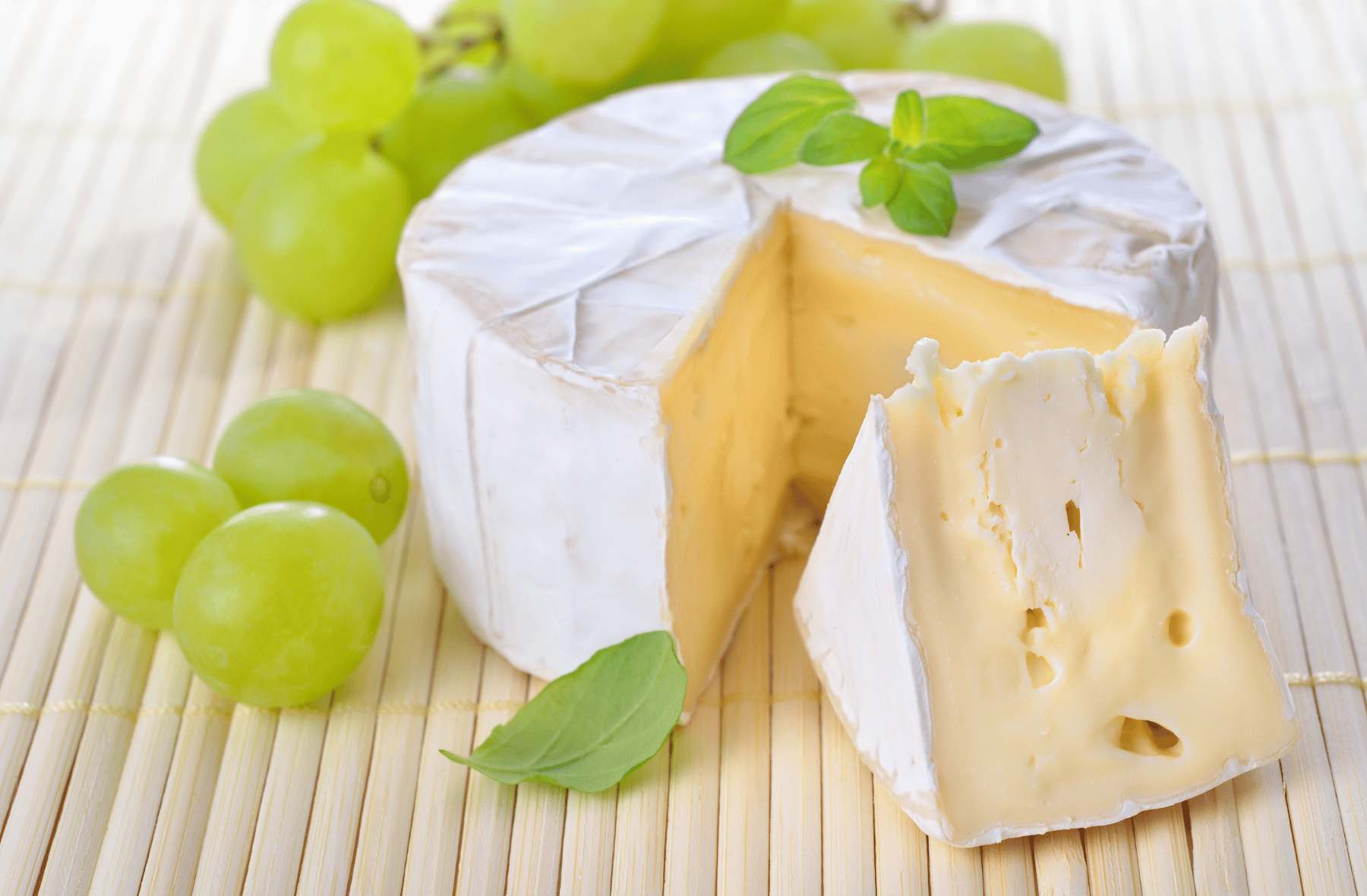
PAIRINGS
Champagne or Sparkling Wine: The effervescence and high acidity of sparkling wines cleanse the palate, perfectly balancing the creamy richness of Brie or Camembert. Their lively bubbles also add a festive touch to the pairing.
Sauvignon Blanc: With its crisp, citrusy profile, Sauvignon Blanc accentuates the mild, grassy notes of soft cheeses without overpowering their delicate character.
Pinot Noir: For those who prefer red wine, a light-bodied Pinot Noir with gentle tannins pairs wonderfully with soft cheeses like Brie. Its subtle fruitiness and earthy undertones complement the cheese’s rind without overwhelming its creamy texture.

Blue Cheeses (e.g., Stilton, Roquefort, Gorgonzola)
Blue cheeses are known for their bold, salty, and tangy profiles, which demand a wine that can either balance their intensity through contrast or complement their robust flavours with equal strength.
PAIRINGS
Port: The rich, sweet notes of Port provide a perfect counterbalance to the saltiness and pungency of blue cheeses like Stilton, creating a delightful harmony of sweet and savory flavours.
Sauternes: With its luscious honeyed sweetness and bright acidity, Sauternes enhances the tangy and creamy characteristics of Roquefort, elevating its complexity.
Zinfandel: For those who prefer red wine, Zinfandel’s ripe, fruit-forward flavours and bold structure are well-suited to the intensity of Gorgonzola, complementing its tangy edge without overpowering it.
Semi-Hard and Washed-Rind Cheeses (e.g., Gouda, Havarti, Munster)
Semi-hard cheeses are incredibly versatile, offering a spectrum of flavours that range from mild and creamy to rich, caramel-like, and nutty.
Washed-rind cheeses, on the other hand, are known for their distinctive savory and earthy aromas.
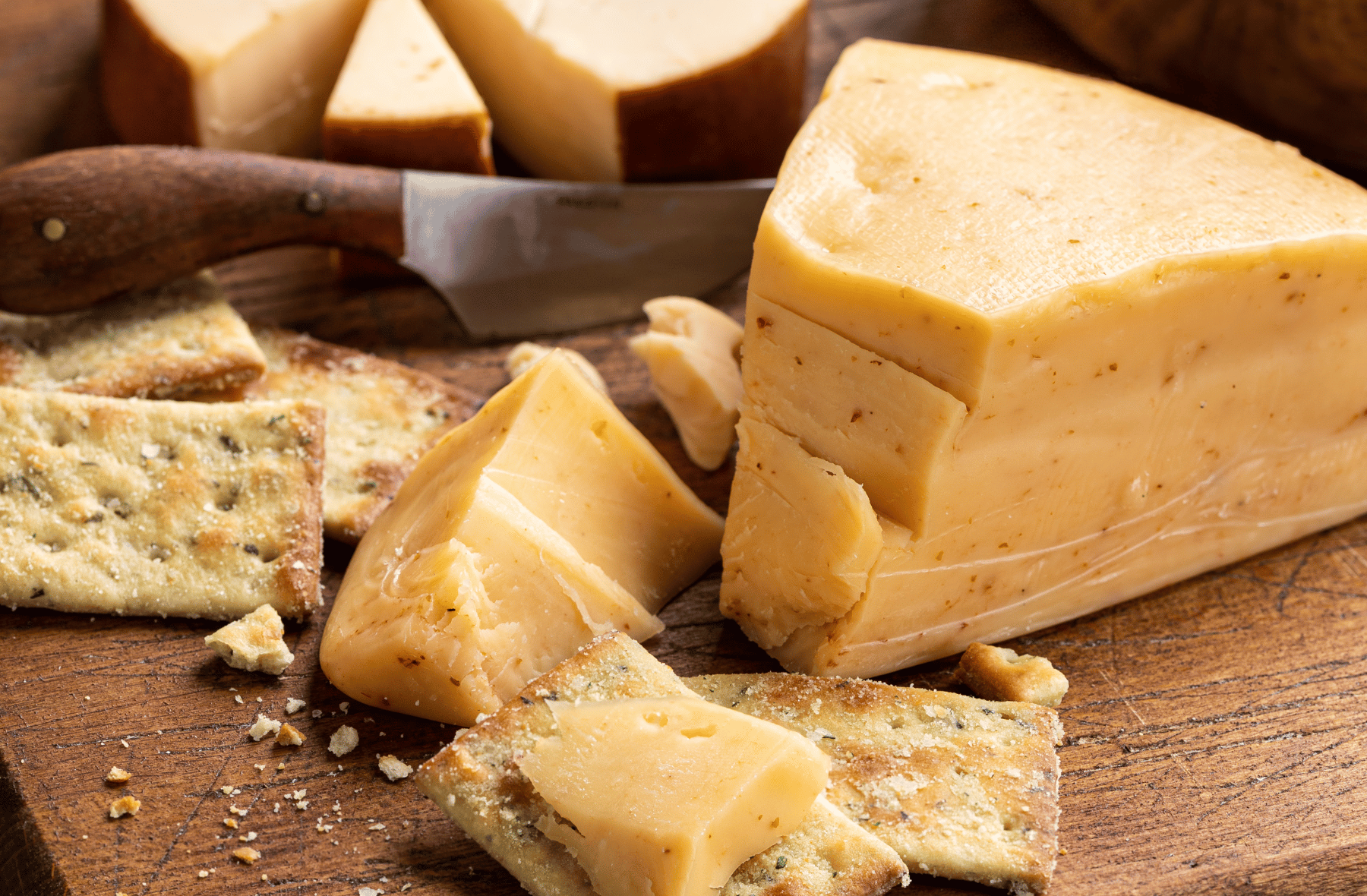
PAIRINGS
Merlot: The smooth, fruit-forward character of Merlot pairs beautifully with the creamy, nutty notes of semi-hard cheeses like Gouda or Havarti, creating a harmonious and approachable combination.
Amber Ale or Rosé: For washed-rind cheeses such as Munster, a dry Rosé or a malt-forward beer enhances their savory, earthy qualities while balancing the flavours without overpowering the pairing.
Pinot Gris: This medium-bodied white wine is a versatile, crowd-pleasing choice that complements the mild flavors of semi-hard cheeses, offering a crisp and refreshing contrast.

Fresh Cheeses (e.g., Mozzarella, Ricotta, Feta, Goat Cheese)
Fresh cheeses are known for their light, tangy, and slightly salty profiles, coupled with a delicate, creamy texture.
Their vibrant flavours pair wonderfully with crisp, acidic wines that enhance their freshness and brightness.
PAIRINGS
Sauvignon Blanc: A timeless match for goat cheese, Sauvignon Blanc’s citrusy and herbal notes perfectly cut through the cheese’s tangy edge, creating a refreshing balance.
Prosecco: The gentle sweetness and lively bubbles of Prosecco balance the saltiness of Feta and enhance the creamy richness of Ricotta, making for a delightful pairing.
Albariño: With its zesty acidity and aromatic profile, Albariño complements the subtle flavours of Mozzarella, especially when paired with tomatoes and basil in a classic Caprese salad.
Smoked Cheeses (e.g., Smoked Cheddar, Scamorza)
Smoked cheeses boast a bold, smokey flavour that calls for wines capable of either matching their intensity or providing a complementary contrast.
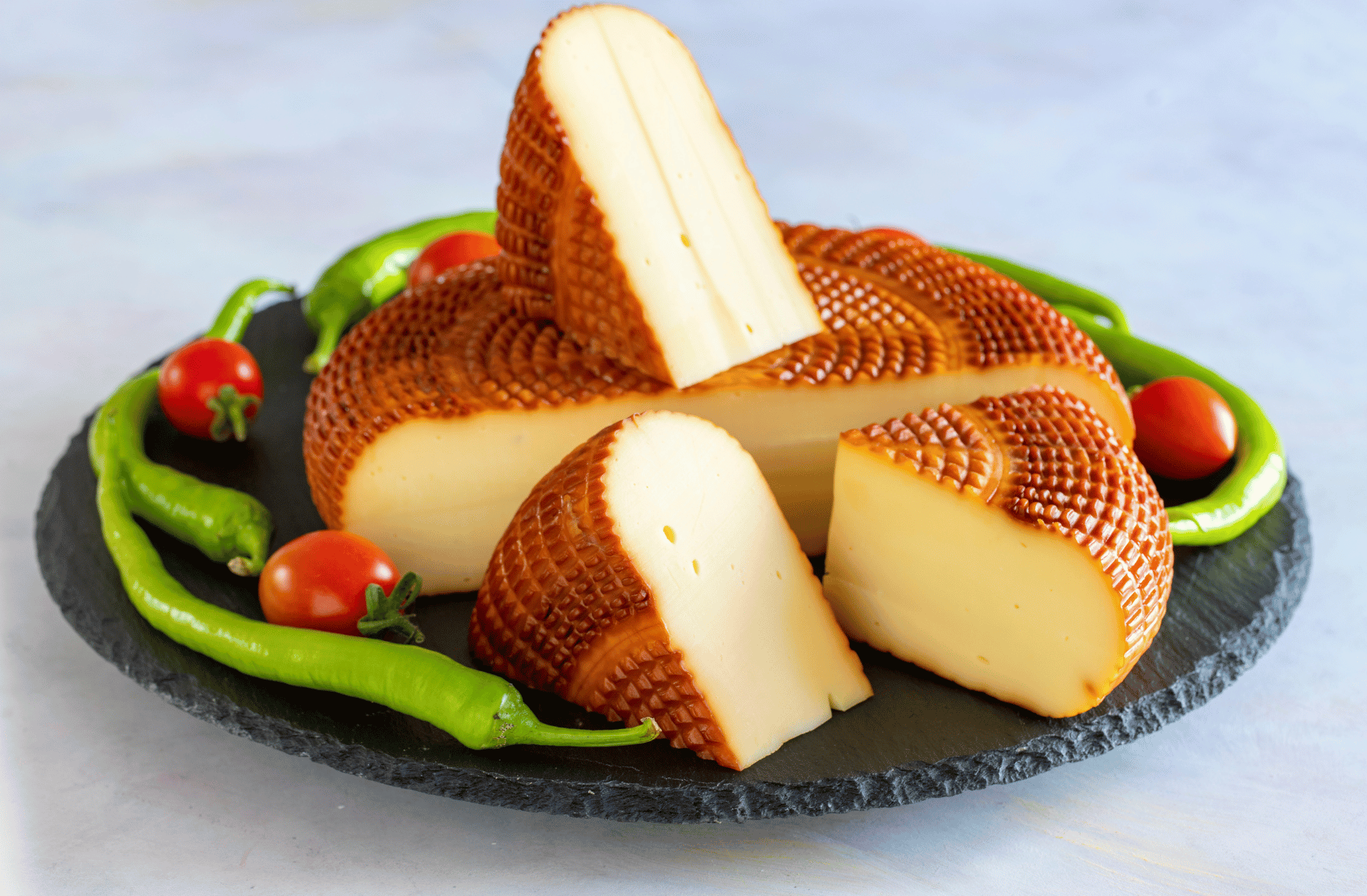
PAIRINGS
Malbec: The rich, fruit-forward profile of Malbec harmonises wonderfully with the smokey and savoury notes of smoked cheeses, creating a robust and satisfying pairing.
Riesling: For a contrasting approach, a slightly off-dry Riesling balances the smokiness with its delicate sweetness and crisp acidity, offering a refreshing counterpoint.
